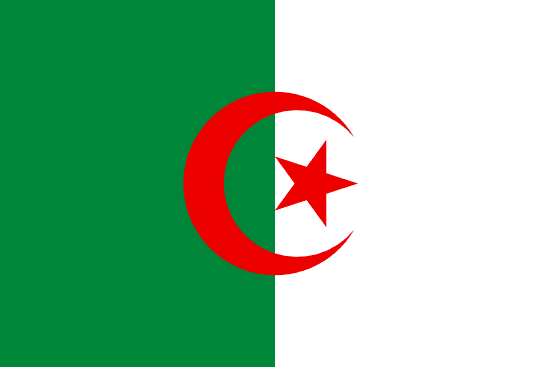"التاريخ يعيش هنا | History lives here"
About:
Tipasa, an ancient Punic trading post turned Roman military base in Algeria, was founded in the 5th century BC. It flourished under Roman rule, evidenced by its extensive ruins, including villas, a forum, and a theater. Christianity thrived there until the Vandal invasion in 430 AD. After brief Byzantine rule, it was destroyed by the Arabs in the 8th century. Today, Tipasa is a UNESCO World Heritage site, attracting visitors with its rich historical and archaeological significance.
When to visit:
Tipasa, a UNESCO World Heritage Site located in Algeria, is best visited during the spring and fall months. The moderate temperatures during these seasons provide an ideal climate for exploring the ancient ruins and enjoying the coastal views. Spring, from March to May, offers blooming flowers and lush landscapes, while fall, from September to November, provides pleasant weather for outdoor activities. Summer can be very hot, so it is recommended to avoid visiting during this time to fully appreciate the beauty and history of Tipasa.
When to avoid:
Traveling to Tipasa on a holiday during the peak summer months of July and August can be challenging due to the scorching temperatures and high humidity levels. The intense heat during this time of year can make outdoor exploration uncomfortable and strenuous for visitors. Additionally, the influx of tourists during the summer months can lead to crowded attractions and longer wait times at popular sites. To avoid these drawbacks, it is advisable to plan your trip to Tipasa during the shoulder seasons of spring or fall when the weather is milder and the crowds are thinner, allowing for a more enjoyable and relaxed travel experience.
Winter Season (Dec-Feb)
In Tipasa, Algeria, the coldest and wettest period is from November to February. Average temperatures range from 9°C to 16°C. Rainfall averages about 70mm per month, with December being the wettest. Days are shorter with about 6 hours of sunlight, and cloud cover is frequent, making the sky often overcast. Despite this, the weather is generally mild. An average day for a visitor might involve overcast skies and occasional rain showers, but also periods of sunshine allowing for outdoor exploration.
Summer (June-August)
In Tipasa, Algeria, the warmest part of the year typically spans from June to August. During this time, the average high temperatures range from 28°C to 31°C (82°F to 88°F). Rainfall is minimal in these months, with July being the driest month of the year. The region receives an average of 10 to 11 hours of sunlight per day, providing plenty of daylight for outdoor activities.
Humidity is relatively low, typically ranging from 30% to 50%, making the heat bearable. Cloud coverage is also minimal, with clear or mostly clear skies on most days.
A typical day for a visitor during this period would start with a warm morning, heating up to hot conditions in the afternoon. Despite the heat, the low humidity keeps the climate comfortable for sightseeing and other outdoor activities. Evenings are pleasantly warm, perfect for a leisurely stroll or outdoor dining. The ample sunlight and clear skies provide great opportunities for photography and enjoying the stunning views of this coastal town.
Language:
In Tipasa, a city in Algeria, the most commonly spoken languages are Arabic and Berber. Arabic is the official language of Algeria, while Berber, also known as Amazigh, is recognized as a national language. French is also widely understood and spoken due to Algeria's historical ties with France.




